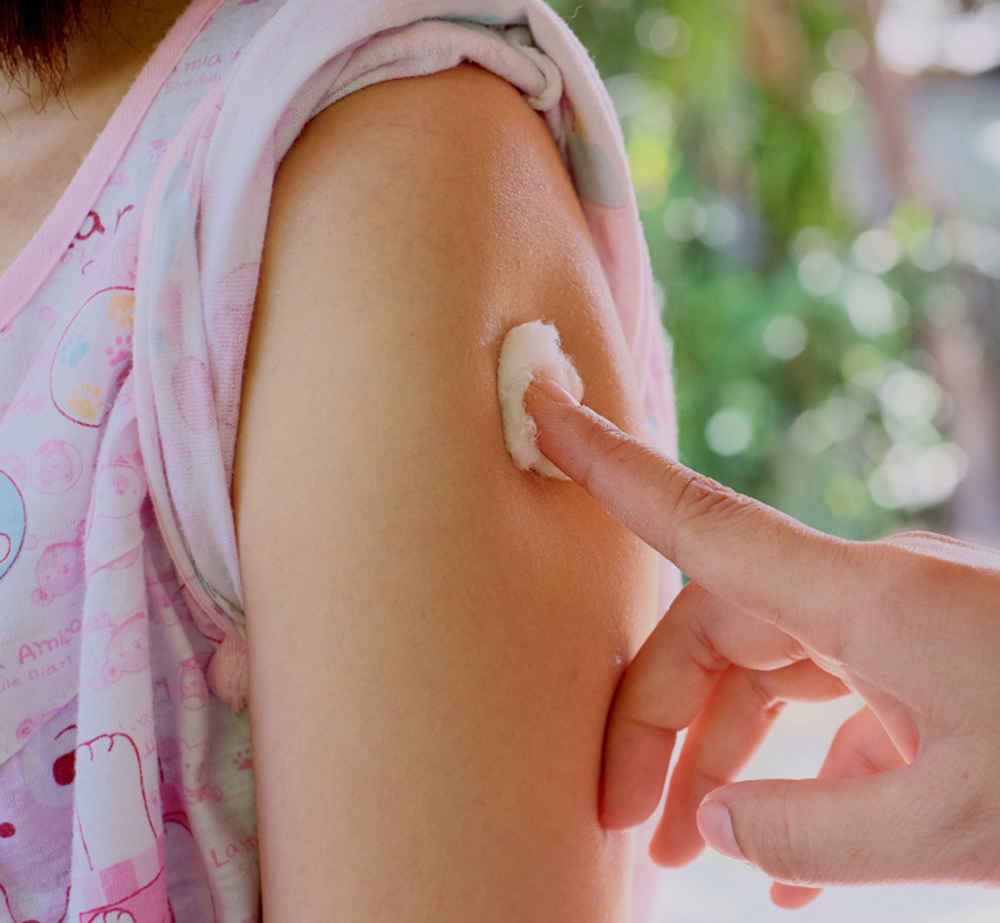410-721-2273
Storage of Breast Milk
There may be times when you need to be away from your baby and unable to nurse. You may need to return to work before your baby has stopped nursing. The baby's father or another person may want to feed the baby. Or, your baby may not be able to breast-feed for a while because of a medical problem. In all these instances when your baby can't be breast-fed, it is best for your baby to be fed milk that has been pumped from your breasts. Thus, you will want to know how to handle and store your breast milk safely for later use.
Preparation and Hygiene
- Always wash your hands thoroughly before you pump your breasts.
- A daily shower or bath will keep your breasts clean.
- After each use of a breast pump, wash all the parts that come into contact with your milk. Use hot soapy water.
- Tell your doctor and your baby's doctor if you become ill or need to take any medication.
Collection of Milk
- Pour the milk expressed during one pumping session into a clean hard plastic container. Plastic is better than glass because some of the immune factors in breast milk stick to glass. Also, glass can break if the bottle is over-filled before freezing. You also may use commercial breast milk storage bags. The thin plastic bottle bags are not recommended as they tear easily. You may use a plastic bottle that has been washed in soapy water and rinsed. Frozen milk is good for 24 hours in the refrigerator after thawing. Premies need smaller serving sizes. Babies who drink pumped milk only occasionally would need single-serving sizes.
- Tightly cap bottles. Do not store bottles with nipples attached.
- Label each container with your baby's name and the date and time the milk was expressed.
- Put several bottle bags in a larger airtight plastic bag to prevent them from sticking to the freezer shelf.
Storage of Breast Milk
Milk may be stored:
- In the refrigerator for at least 72 hours after pumping and 24 hours after thawing (assuming the temperature of the refrigerator is 34°F to 40°F, or 1°C to 4° C)
- In a freezer inside a refrigerator for up to 2 weeks after pumping (assuming the temperature of the freezer is 20°F to 28°F, or -7°C to -2°C)
- In a separate-door freezer for up to 3 months after pumping (assuming the temperature of the freezer is 5°F to 15°F, or -15°C to -9°C)
- In a deep freezer for up to 6 months after pumping (assuming the temperature of the freezer is 0 degrees F or below, or -18 degrees C or below).
Thawing of Milk
Milk may be thawed:
- Slowly in the refrigerator. Volumes of 3 or more ounces (100 or more milliliters) of milk may take several hours to thaw.
- Relatively quickly under running warm water or by placing it in a bowl of warm water. Be sure the top of the container remains above the water at all times. Do not thaw milk at room temperature.
Warming of Milk
You need only to take the chill off cold milk. You do not need to heat it. You may warm a bottle of chilled milk:
- under warm running water
- in a bowl of warm water
- in a purchased bottle warmer (be careful not to overheat).
About Microwave Heating
Authorities recommend AGAINST using a microwave oven to either thaw or heat expressed milk. Milk can overheat very easily in a microwave. Babies have been accidentally burned by milk that was too hot. Furthermore, many of the immune properties of breast milk can be destroyed by overheating.
Additional Recommendations
- DO NOT thaw milk by letting it sit out of the refrigerator or freezer at room temperature.
- DO NOT overheat milk. Overheating will destroy some immune components, and hot milk can burn an infant's mouth.
- DO NOT leave milk at room temperature for more than 1 hour.
- Milk may be reheated and used for the next feeding if it has not been left at room temperature for more than 1 hour. Throw out any milk left after a second feeding.
- DO NOT refreeze thawed milk.
- DO NOT store milk in the door of your freezer, where the temperature may change frequently.
- Always transport milk on ice in an insulated cooler.
- For healthy babies who are not in the hospital, it is safe to layer milk collected at different times on the same day in the same bottle. Chill freshly expressed milk in the refrigerator before adding it to previously frozen milk.
Written by B.D. Schmitt, MD, author of "Your Child's Health," Bantam Books.
This content is reviewed periodically and is subject to change as new health information becomes available. The information is intended to inform and educate and is not a replacement for medical evaluation, advice, diagnosis or treatment by a healthcare professional.
You May Also Like
Popular Resources | Make an Appointment • Locations • Refill Prescriptions





